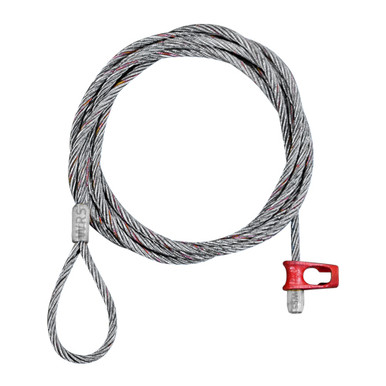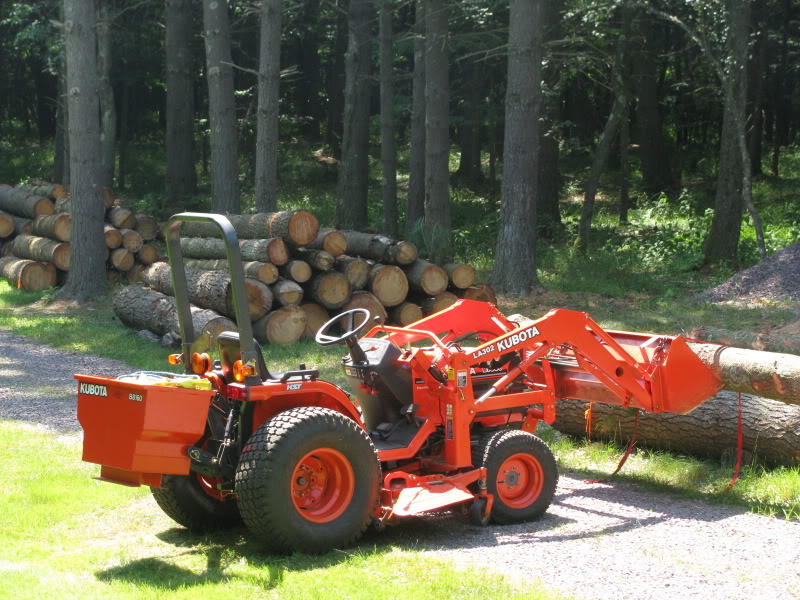Actually it does have to do with the transmission. If you have a gear drive, it will not stop unless you push in the clutch. This requires fast action and coordination. With an HST, if your foot goes off the HST pedal, which it will do when you start to flip or rollover, it will stop. So it requires less operator skill. Also, a tractor can flip to the side when it hits a hidden obkject. I have had this happen when underbrush hid an old stump. As far as drawbar location, what you say is true. But when logging, you want to get the log off the ground to avoid plowing a trough all the way back to the landing and getting the log all muddy. The act of lifting the log will put more of the load on the top link. Have you ever seen how high up the winch point is with a log skidder? Some are 8 feet off the ground. But most of the weight is up front. I mimic that weight distribution by having a heavy FEL.

